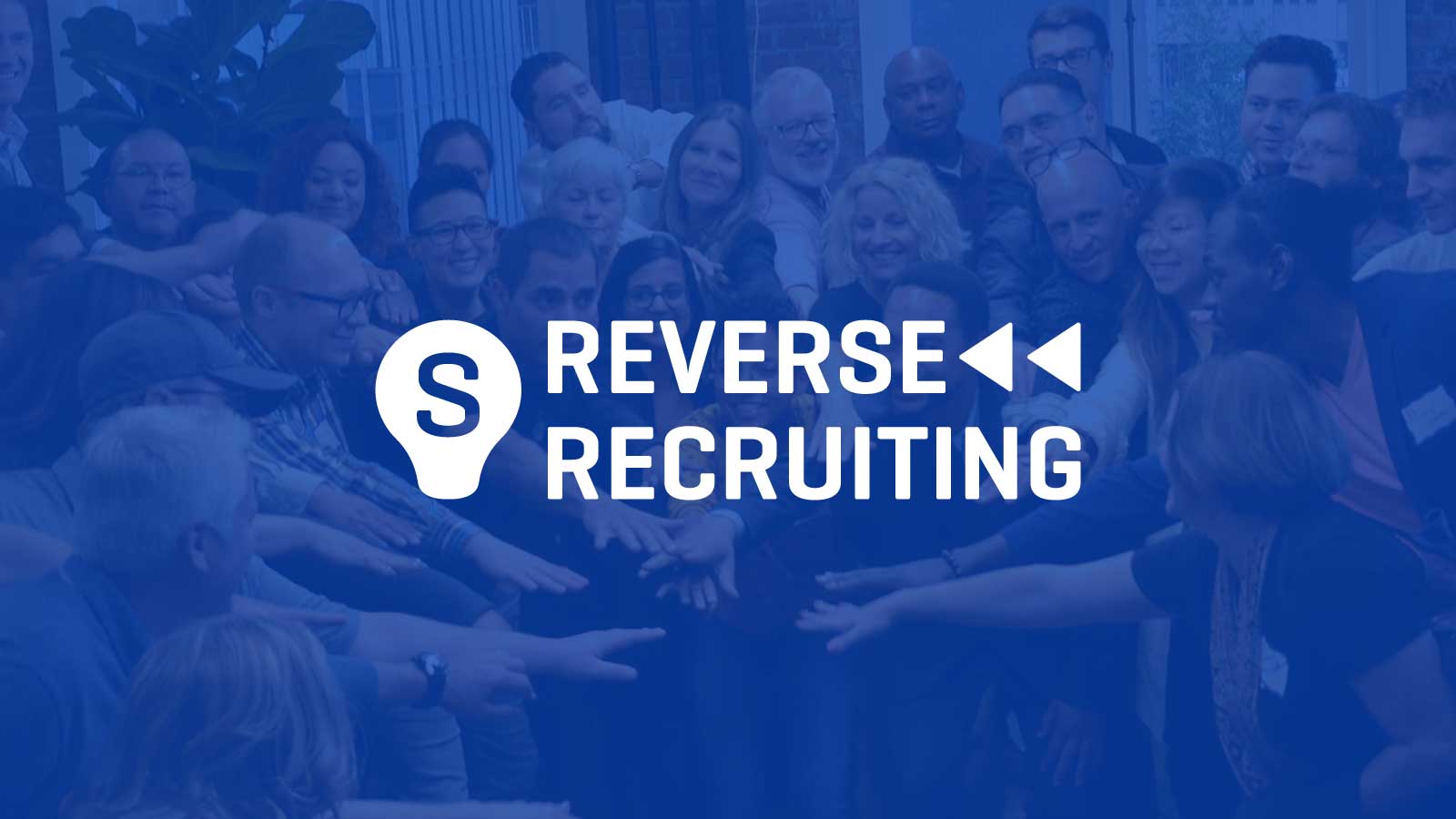Raise Your Hiring Game With Strategic Reverse Hiring Techniques
In the world of ability acquisition, traditional recruiting approaches have long been the norm. As the landscape of employing progresses, organizations are increasingly turning to ingenious methods such as strategic reverse recruiting to gain an affordable edge in safeguarding top skill. This change in frame of mind requires a thoughtful reconsideration of exactly how business approach the hiring process, focusing on bring in easy prospects as opposed to solely counting on energetic task seekers. By flipping the manuscript and proactively involving with people who may not be proactively seeking new chances, services open themselves as much as a pool of untapped capacity. This strategic strategy not only widens the ability pipeline but also grows an extra varied and skilled workforce.
Comprehending Critical Opposite Recruiting
Tactically leveraging the principle of reverse recruiting can significantly enhance your company's skill acquisition strategy. By flipping the standard employment method on its head, reverse recruiting involves proactively choosing and drawing in passive prospects that may not be actively seeking brand-new possibilities. This positive technique permits companies to take advantage of a swimming pool of high-quality talent that may not come through conventional task posts alone.
Comprehending the intricacies of tactical reverse recruiting is vital for its successful implementation. It requires a deep understanding of the market landscape, rival evaluation, and the particular skill collections that are in high demand. reverse recruiting. By performing thorough study and leveraging market insights, organizations can identify and engage with top skill in an extra customized and targeted way

Advantages of Reverse Recruiting
Reverse recruiting uses a special method to ability acquisition by proactively involving with easy candidates who may not be actively seeking task possibilities. This method allows companies to take advantage of a swimming pool of skill that traditional recruiting methods could forget. Among the crucial advantages of reverse recruiting is the capability to target prospects that are currently used and pleased in their existing functions. These people are typically leading performers in their respective areas, bringing valuable skills and experience to the table.

Key Elements of Reverse Recruiting
Having actually discovered the advantages of reverse recruiting in targeting leading entertainers who are web content in their existing roles, it is important to recognize the crucial components that make this strategy successful in attracting easy candidates. The first crucial element is constructing a strong company brand name. Passive prospects are often not proactively looking for brand-new chances, so having a favorable online reputation as a company can ignite their rate of interest. Leveraging social media systems and company evaluation websites to showcase firm society and worths can aid in this regard.
Another vital part is customized outreach. Given that easy candidates are not proactively looking for jobs, common recruitment messages are likely to be ignored. Tailoring outreach initiatives to highlight how the particular abilities and experiences of the candidate line up with the firm's demands can significantly increase the chances of obtaining their focus.
Additionally, promoting connections with easy candidates over time is important. Routinely involving with them with networking occasions, market conferences, and even occasional check-ins can aid develop connection and trust, making them more receptive to prospective work possibilities in the future. By including these vital components right into reverse recruiting approaches, organizations can effectively draw in and work with leading skill from the swimming pool of easy candidates.
Implementing Reverse Hiring Strategies

Furthermore, producing engaging company branding and showcasing a favorable business culture can aid bring in passive prospects and encourage them to think about new review career chances. Building a skill neighborhood or skill pipe can also be helpful in nurturing relationships with passive prospects over time, keeping them engaged and thinking about potential future duties within the company. On the whole, applying reverse recruiting techniques calls for a proactive and personalized method to skill purchase, concentrating on establishing meaningful connections with passive candidates to drive lasting recruitment success.
Determining Success in Reverse Recruiting
Effective dimension of success in hiring this methods requires a thorough examination of key efficiency indicators and metrics to examine the impact and efficiency of ability acquisition initiatives. In the context of reverse recruiting, certain metrics can provide important understandings right into the performance and performance of the strategy. One important metric is the quality of candidates engaged through reverse recruiting networks. By determining the conversion price of passive prospects right into active candidates or works with, companies can determine the performance of their reverse recruiting efforts.
Checking retention rates amongst candidates recruited with reverse approaches can provide insights right into the long-lasting success of the method. High retention rates recommend that the candidates sourced via reverse recruiting are a great fit for the company, adding favorably to its total skill pool.
Final Thought
To conclude, tactical reverse recruiting provides an unique strategy to hiring that concentrates on drawing in leading talent with positive engagement and relationship-building. By leveraging this technique, companies can gain an one-upmanship in the ability market and improve their recruitment outcomes. It is important to recognize the benefits, crucial parts, and approaches of reverse see this recruiting to effectively carry out and gauge success in this cutting-edge method to hiring.